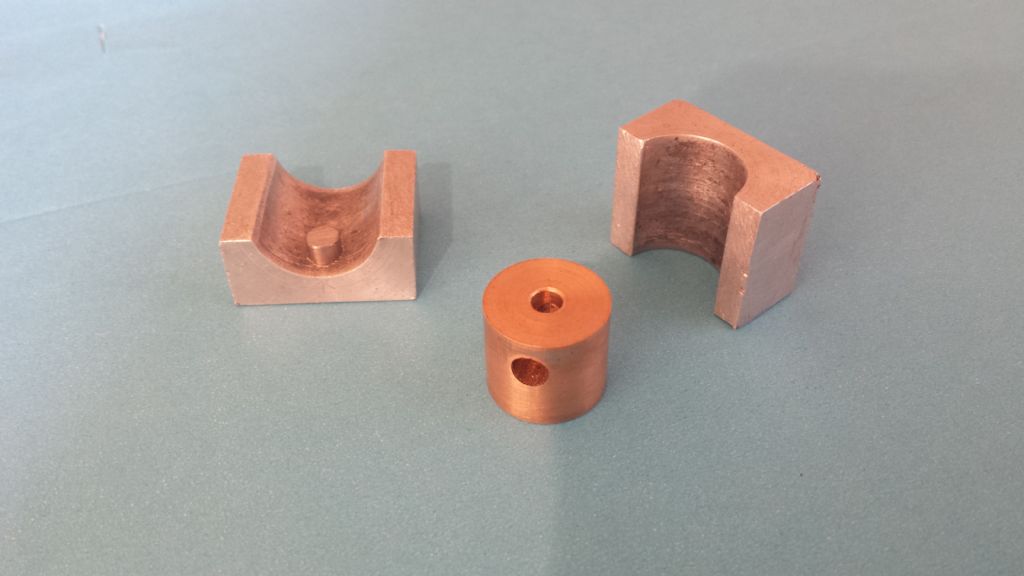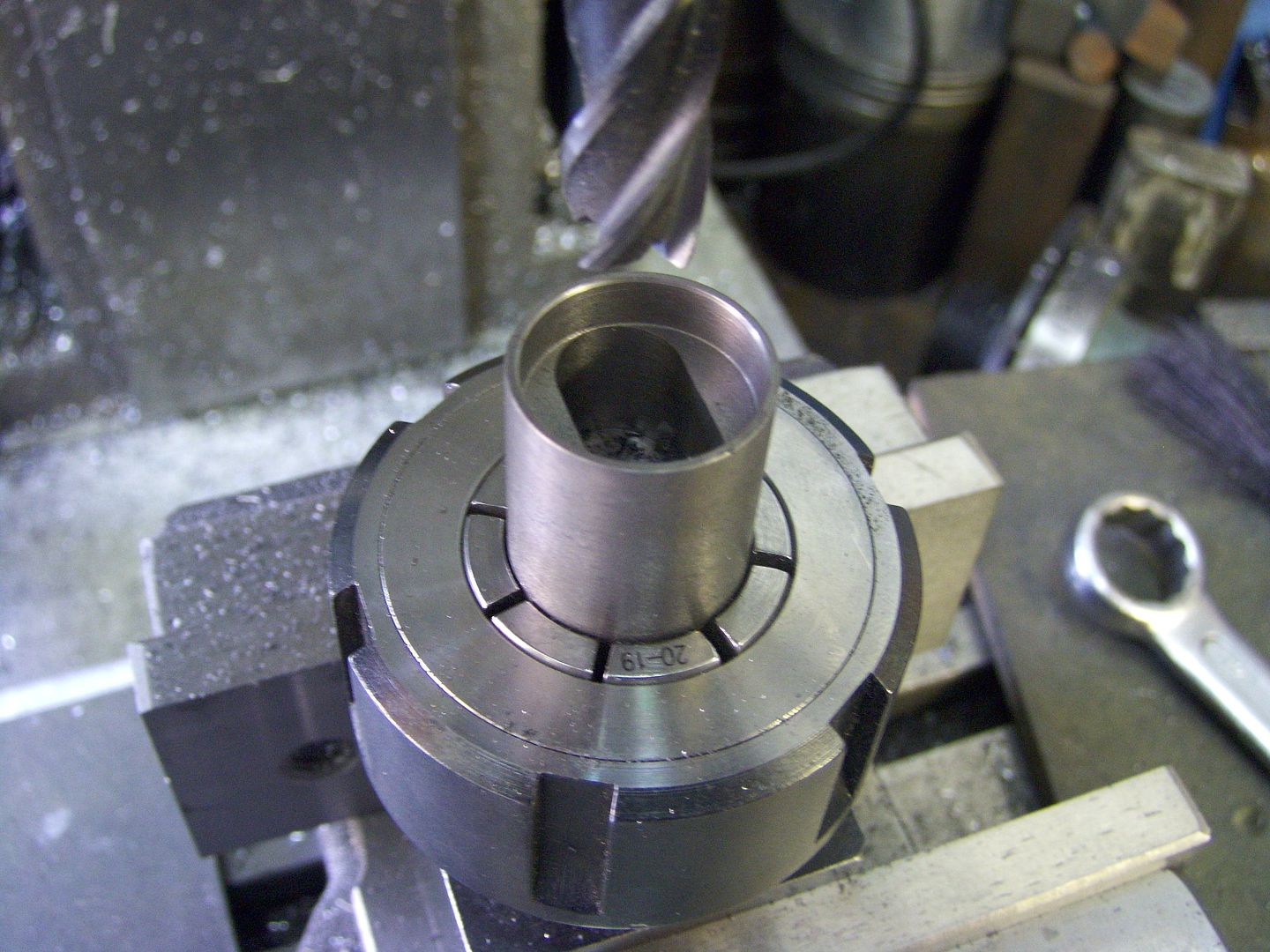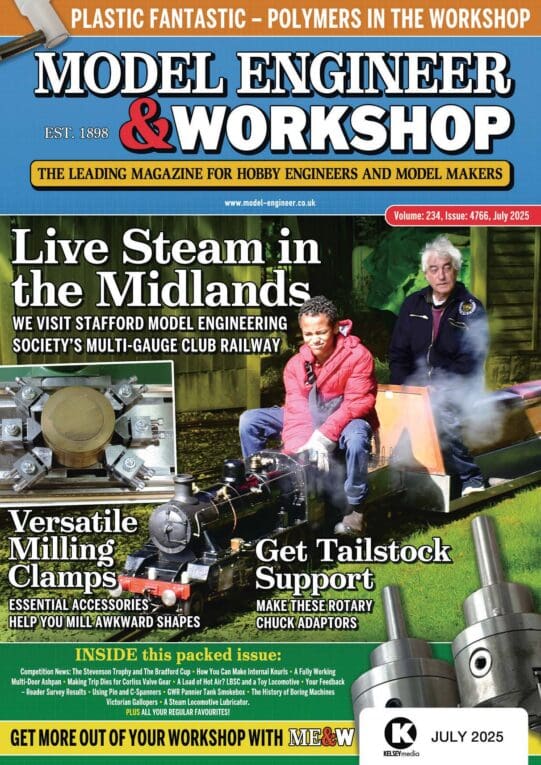Endmill, Slot Drill
Endmill, Slot Drill
- This topic has 20 replies, 15 voices, and was last updated 6 November 2017 at 14:36 by
larry Phelan.
Viewing 21 posts - 1 through 21 (of 21 total)
Viewing 21 posts - 1 through 21 (of 21 total)
- Please log in to reply to this topic. Registering is free and easy using the links on the menu at the top of this page.
Latest Replies
Viewing 25 topics - 1 through 25 (of 25 total)
-
- Topic
- Voices
- Last Post
Viewing 25 topics - 1 through 25 (of 25 total)



 .
. . Don’t think I want to ponder it too much but it will give me a scapegoat when I make a pig’s ear of a job.
. Don’t think I want to ponder it too much but it will give me a scapegoat when I make a pig’s ear of a job.




